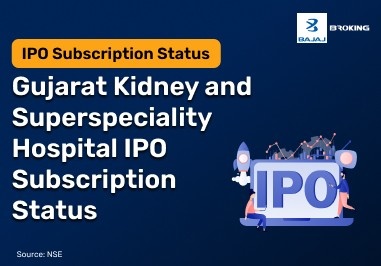How They’re Similar (And How They’re Not)?
Both futures and margin trading give you leverage, which means you can control a big position with less capital. Sounds exciting, right? It is. But the flip side? It also means your losses can blow up faster than you think.
Here’s the quick mental picture I use:
Margin trading = you actually own the stock or asset you buy, but you’ve borrowed money from your broker to do it.
Futures trading = you’re buying or selling a contract for a future date. You never actually “own” the asset.
Other differences you’ll feel in real life:
Expiry dates: Futures always have them; margin trades can stay open as long as you meet margin requirements.
Interest: Margin trades rack up interest charges; futures don’t, but you’ll still have to keep margin money in your account.
Risk: Both are risky, but futures carry time pressure and can be more volatile.
What is Margin Trading?
If you’ve ever wished you could grab more shares of a stock because you knew it was going to pop, margin trading is that wish granted. You put up part of the money (the margin), your broker lends you the rest, and boom, your buying power just got a boost.
When it works, it’s magic. Your returns on a winning trade can be much higher than if you used only your own funds. But when it doesn’t… the losses feel just as magnified.
I learnt about margin calls the hard way. One bad swing against me and I got that dreaded broker notification: “Please add funds to maintain your margin.” No one wants to scramble mid-day to deposit money just to keep a position alive.
Key takeaway?
Margin trading works well when you’ve got solid research, a defined exit plan, and the ability to watch your trades closely. It’s really meant for day trading, not holding positions for months.
What is Futures Trading?
Futures trading feels different. You’re not buying the stock, commodity, or currency itself; you’re buying the promise to buy or sell it later, at a set price. These contracts can run for weeks or months, and they’re traded on organised exchanges like the MCX or NSE.
Here’s what hit me when I first traded futures: you’ve got a clock ticking. Every contract has an expiry date, so you can’t just “wait for it to come back” like you sometimes can with regular stocks. That forces you to be sharper about timing and market analysis.
And unlike margin trading, you don’t borrow money the same way. You just need to keep the required margin in your account to hold the contract.
Many futures traders you’ll see in action are big institutional players; think commodity producers hedging their risks, but individuals like you and me can trade them too, if we know the rules of the game.
Margin vs Futures: Laying It Out
Aspect
| Margin Trading
| Futures Trading
|
Ownership
| You own the asset you buy.
| You own a contract, not the asset.
|
Risk & Leverage
| High leverage from borrowed money; interest charged.
| Leverage without interest, but with high volatility risk.
|
Timeframe
| No expiry; hold as long as you meet margin rules.
| Fixed expiry date; must close or roll over.
|
Price Setting
| Based on current market price.
| Based on the market’s estimate of future price.
|
Advantages and Disadvantages of Margin and Futures Trading
Aspect
| Margin Trading
| Futures Trading
|
Pros
| Enables higher purchasing power, allowing traders to seize more market opportunities.
| Offers reduced risk since investments are not reliant on borrowed money.
|
Allows traders to maintain positions for longer periods without concerns about contract expiry.
| Provides the ability to earn profits in both upward and downward market trends by trading long or short.
|
Ownership of assets brings additional advantages, such as dividends and voting rights.
| Operates in a transparent and regulated trading environment through organised exchanges.
|
Cons
| Leverage increases risks, potentially leading to larger financial losses.
| Fixed contract expirations require traders to manage positions actively before the expiry date.
|
Margin calls can occur if asset values fall below the margin requirement, forcing liquidation.
| Demands a comprehensive understanding of markets and underlying assets for successful decision-making.
|
Losses can create emotional stress, which may influence investment choices negatively.
| May result in significant losses if positions are not managed effectively, particularly in highly volatile markets.
|
Margin vs Futures Trading: Which Suits You Better?
It comes down to your personality, your capital, and how much time you’re willing to give to the market.
If you like flexibility and don’t mind interest charges, margin trading might suit you. If you prefer structured timelines and no interest, futures could be your thing.
When I started, I found futures less nerve-wracking because I didn’t have that constant “I’m paying interest” pressure. But as I got more confident, I used margin for quick, high-conviction day trades. You might find your balance somewhere in between.
Conclusion
Both futures and margin trading can make you feel like you’ve unlocked the “pro trader” level, but they can also empty your account faster than you expect if you don’t respect the risks. The difference isn’t just in the mechanics; it’s in how they fit with you.
So before you jump in, test both on paper, watch how they behave, and see which one feels right. And no matter which path you take, remember this: protecting your capital is your first job. Profits come after survival.














